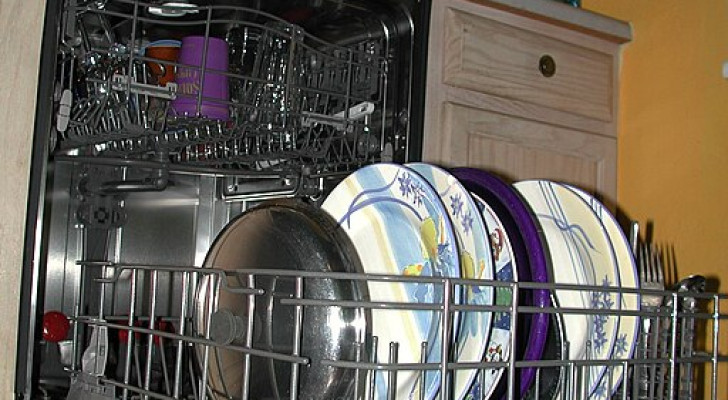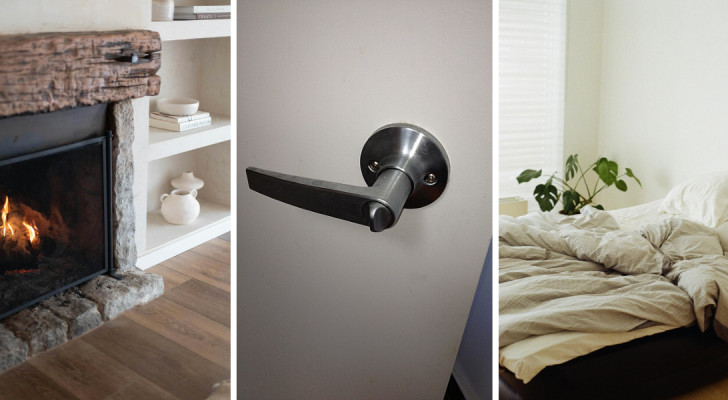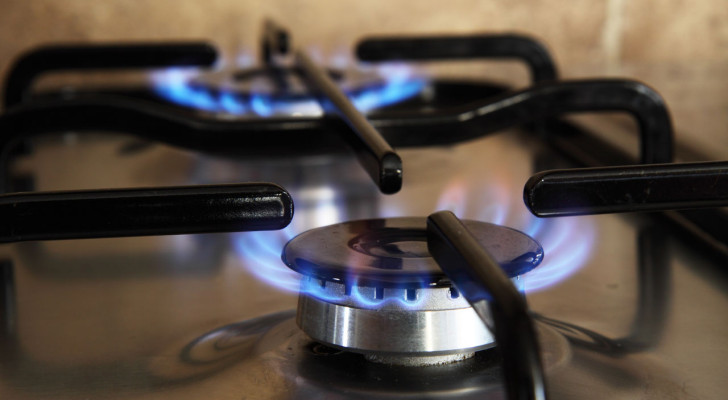Pruning orchids correctly: a guide to ensuring your orchids remain healthy and lush
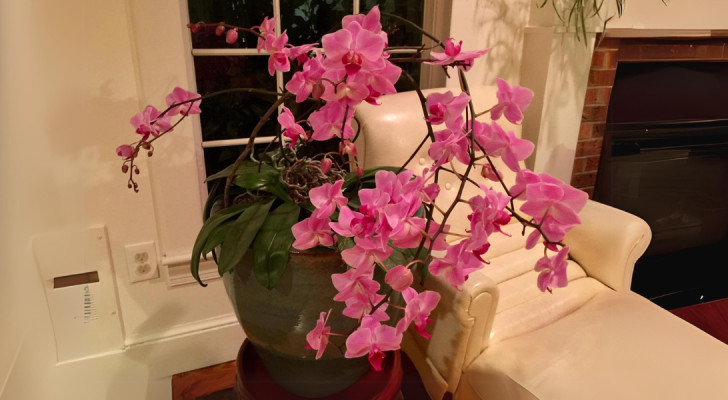
Dino7813/Reddit
As beautiful as they are delicate, orchids have specific cultivation needs that - if not satisfied - will lead to them ailing.
Pruning may not be at the top of your to-do list when it comes to orchids, but when done properly, pruning can encourage an orchid to produce new flowers and improve its overall health.
In the following guide, we explain how and when to prune your orchids to ensure they remain healthy, robust and prolific.
When to prune orchids
Unlike many other plant species, orchids do not like heavy pruning and require only limited interventions at specific moments during their growing cycles. In order to properly carry out orchid pruning, you must first be able to recognize the type of orchids you have:
- monopodial orchids have a single stem linking all the different parts of the plant;
- sympodial orchids, on the other hand, have a rhizome, from which the different parts of the plants grow.
Pruning is generally carried out at three, distinct times:
- at the end of the flowering period, to encourage new flowers to bud;
- during repotting, to eliminate any dead or diseased parts;
- in the event of the plant developing pathologies.
Whatever the types of orchids you have, it is of fundamental importance to use sharp, disinfected tools for pruning in order to minimize the risk of contaminating your plants with pathogenic agents.
Pruning the stems after flowering
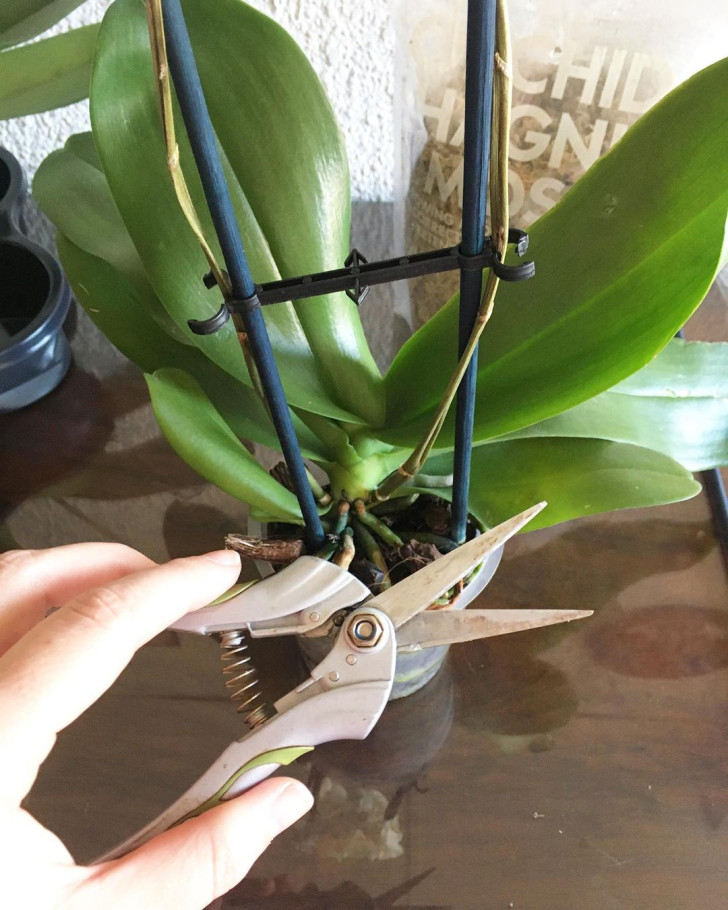
@cchroniclesblog/Instagram
As already mentioned, monopodial orchids can bloom several times from their single stems and this blooming can be encouraged and improved with strategic pruning.
When the flowers have wilted and the stem is still green, pruning the plant above the second or third node will help concentrate nutritional energy for the production of new buds over the course of the next few weeks.
If your orchids are sympodial, wait until their stems are completely dry before pruning them at the base to encourage their rhizomes to put out new shoots.
Pruning the roots and leaves of orchids
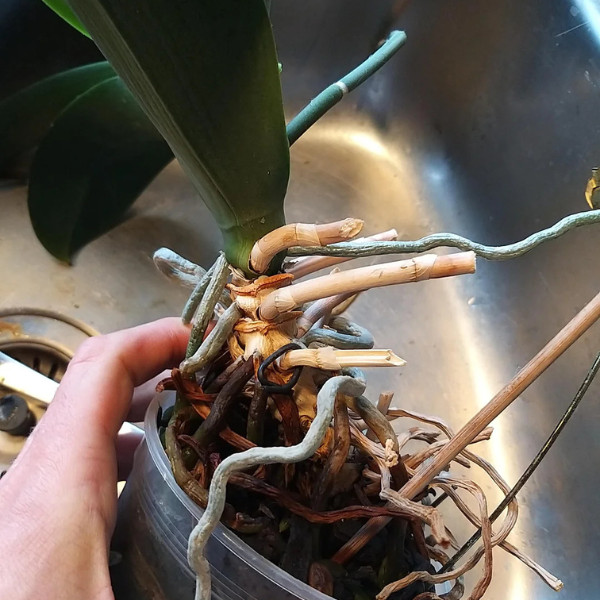
NicoTikoMiko/Reddit
Pruning the roots and leaves of orchids is an operation that should be done very rarely and never, ever aggressively when it is necessary.
You can, however, clean up the roots when repotting an orchid. Repotting is typically done when the orchid becomes too big for its pot (approximately every 2 years).
After having carefully removed all the soil from the roots, inspect them carefully in order to identify any dry, rotten or diseased parts (which will be brown in color). Prune off these ailing roots to ensure nutrients will go to the healthy roots only.
Pruning the leaves should be done only if you notice signs of disease, in order to prevent pathogens from spreading.
Mistakes to avoid
Given the delicacy of orchids, avoid making the following common mistakes:
- When to prune: pruning must be carried out only when the plant is in its vegetative rest phase (ie. at the end of the flowering period);
- Intensity of pruning: unlike other plants, orchids cannot tolerate a heavy pruning. Limit pruning to cases where it is absolutely necessary to "save" the plants;
- Using the wrong tools: always make sure that the tools you use for pruning are super-sharp and thoroughly sterilized (including sterilizing the tools between the pruning of one plant and the next);
- Pruning after-care: after pruning, orchids will have specific needs: keep the soil moist but avoid waterlogging; avoid exposure to extreme temperatures and; place the pruned orchids in a spot where they will receive the sunlight conditions they prefer.
By following these pruning tips, you will ensure your orchids remain lush, robust and healthy!
